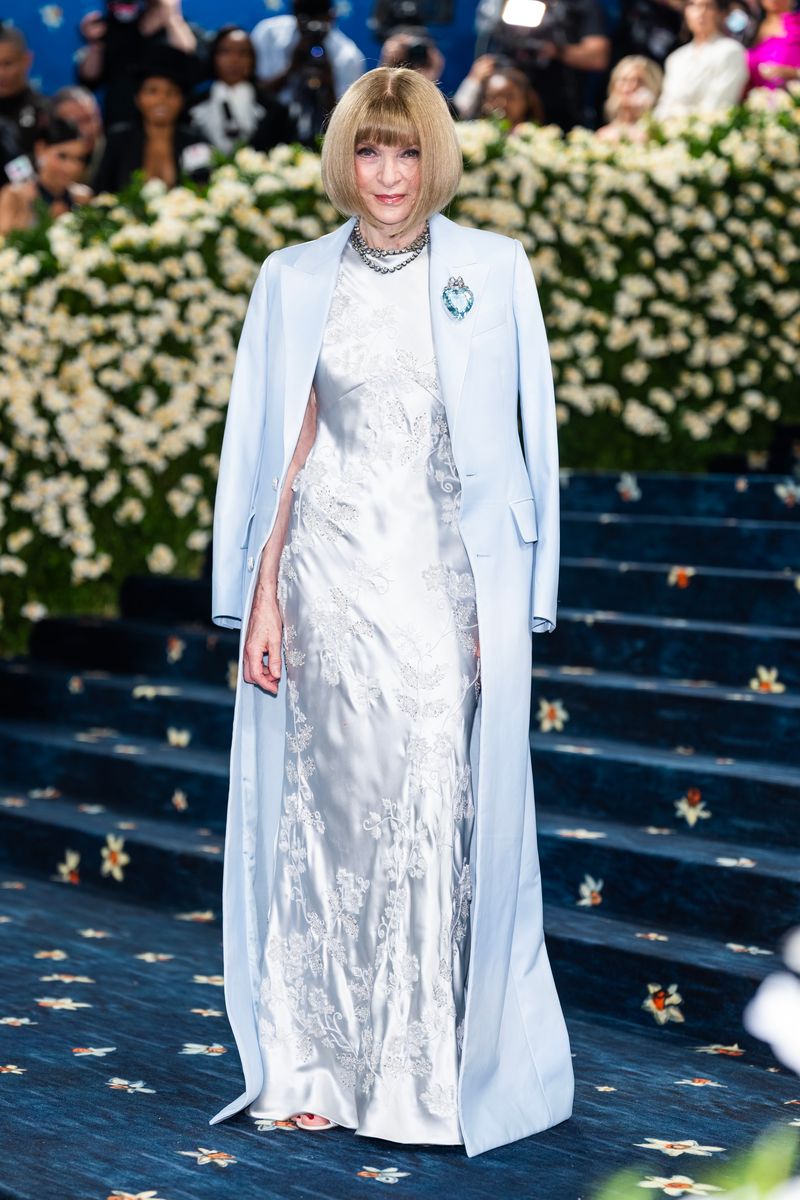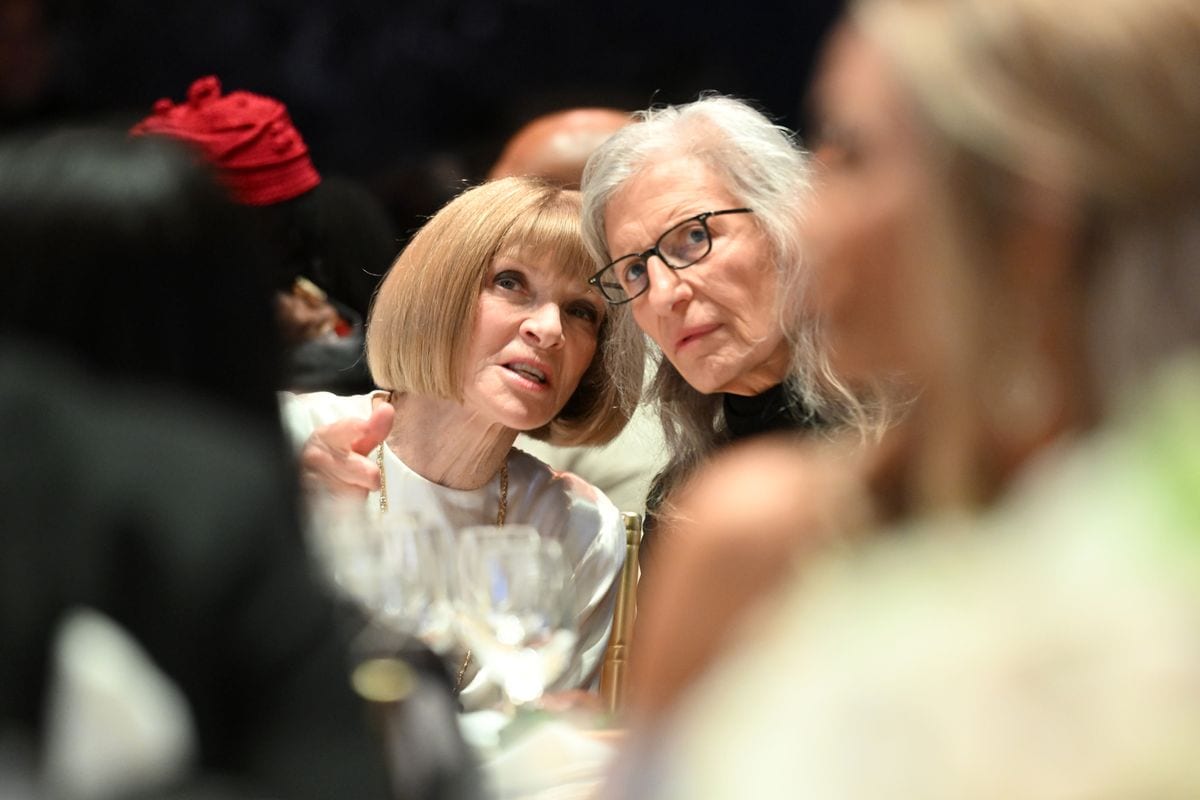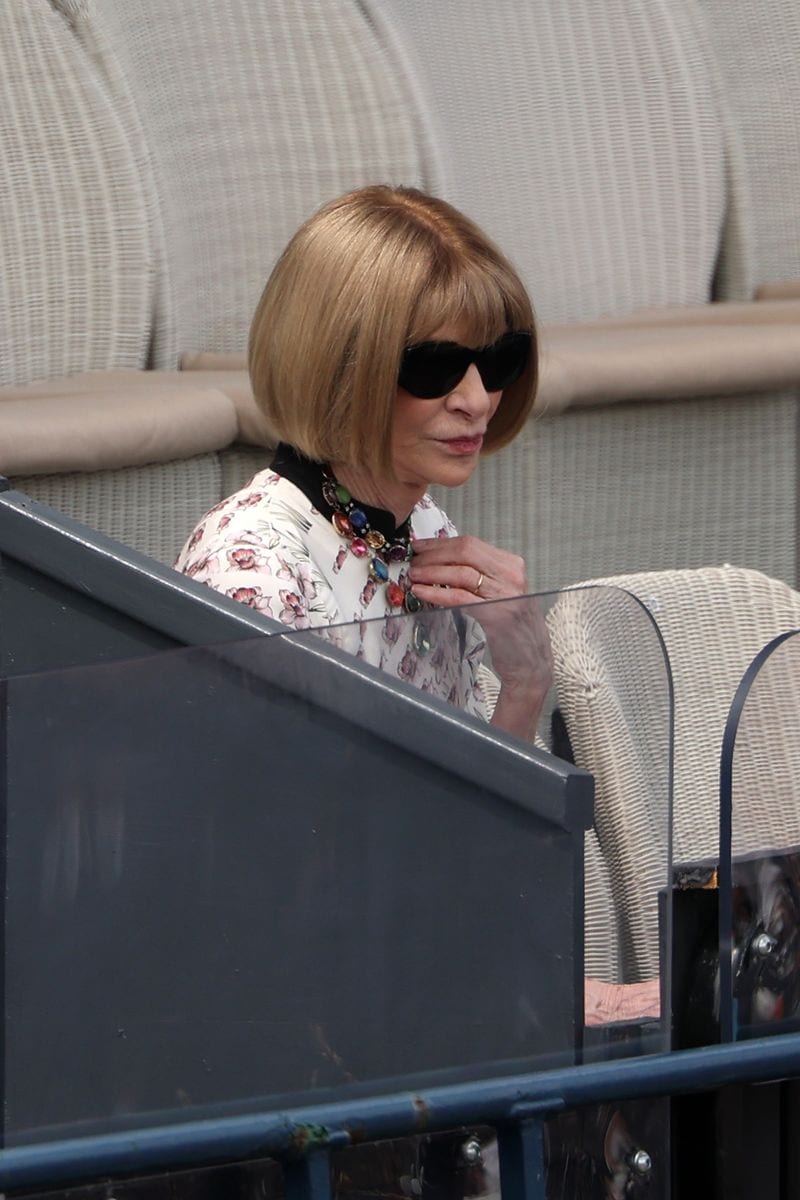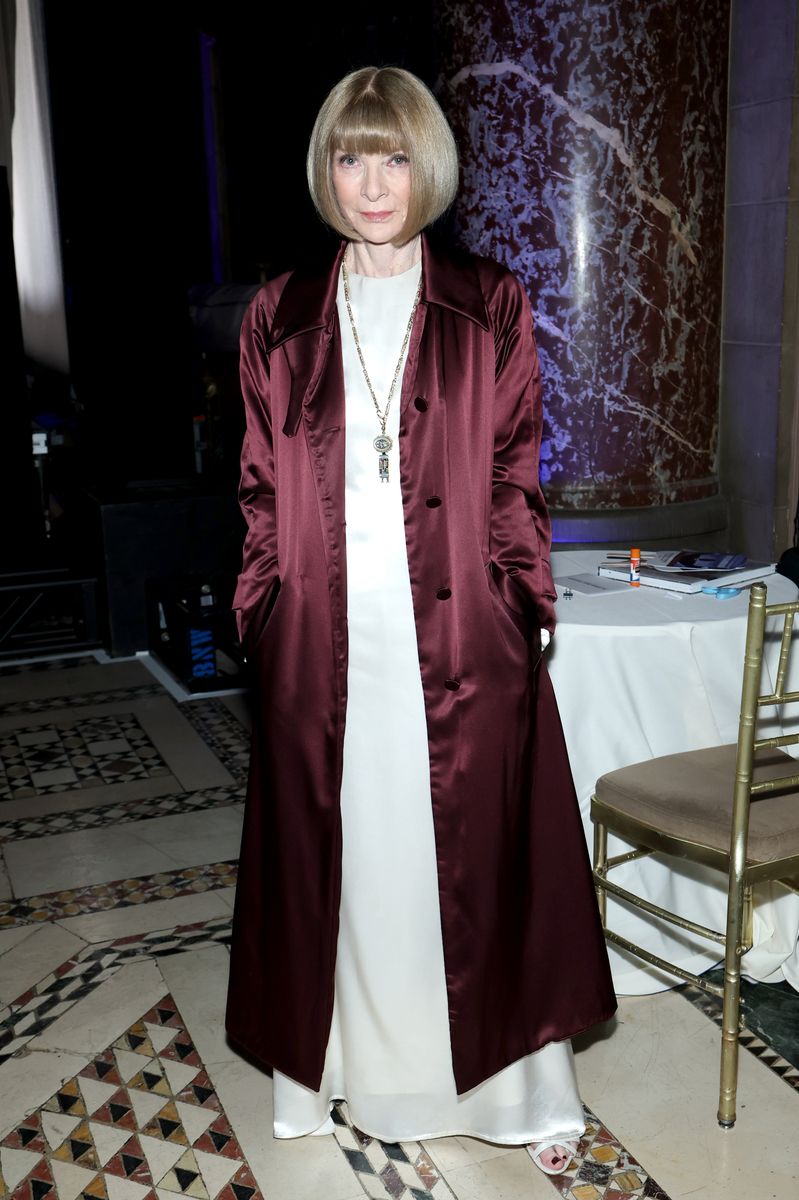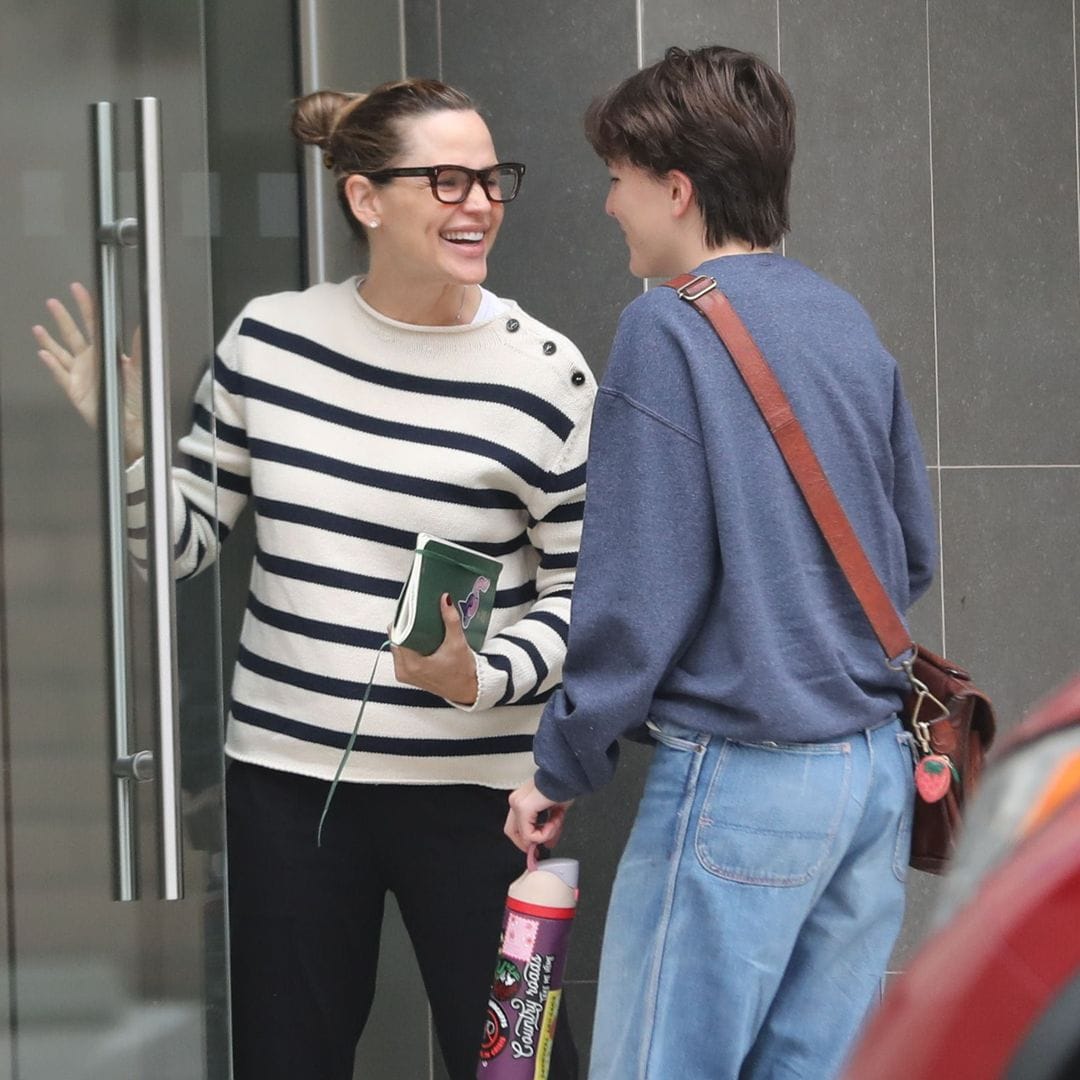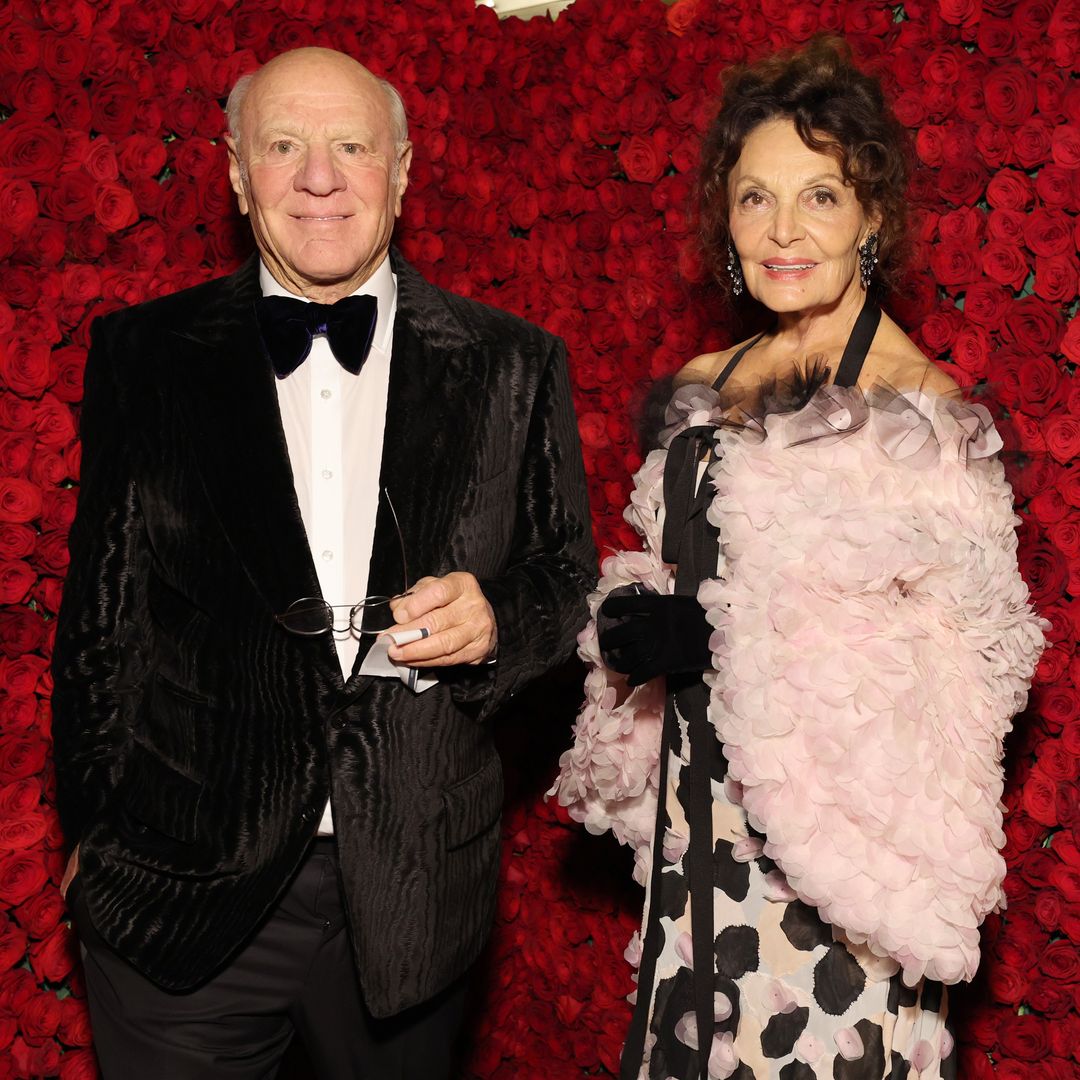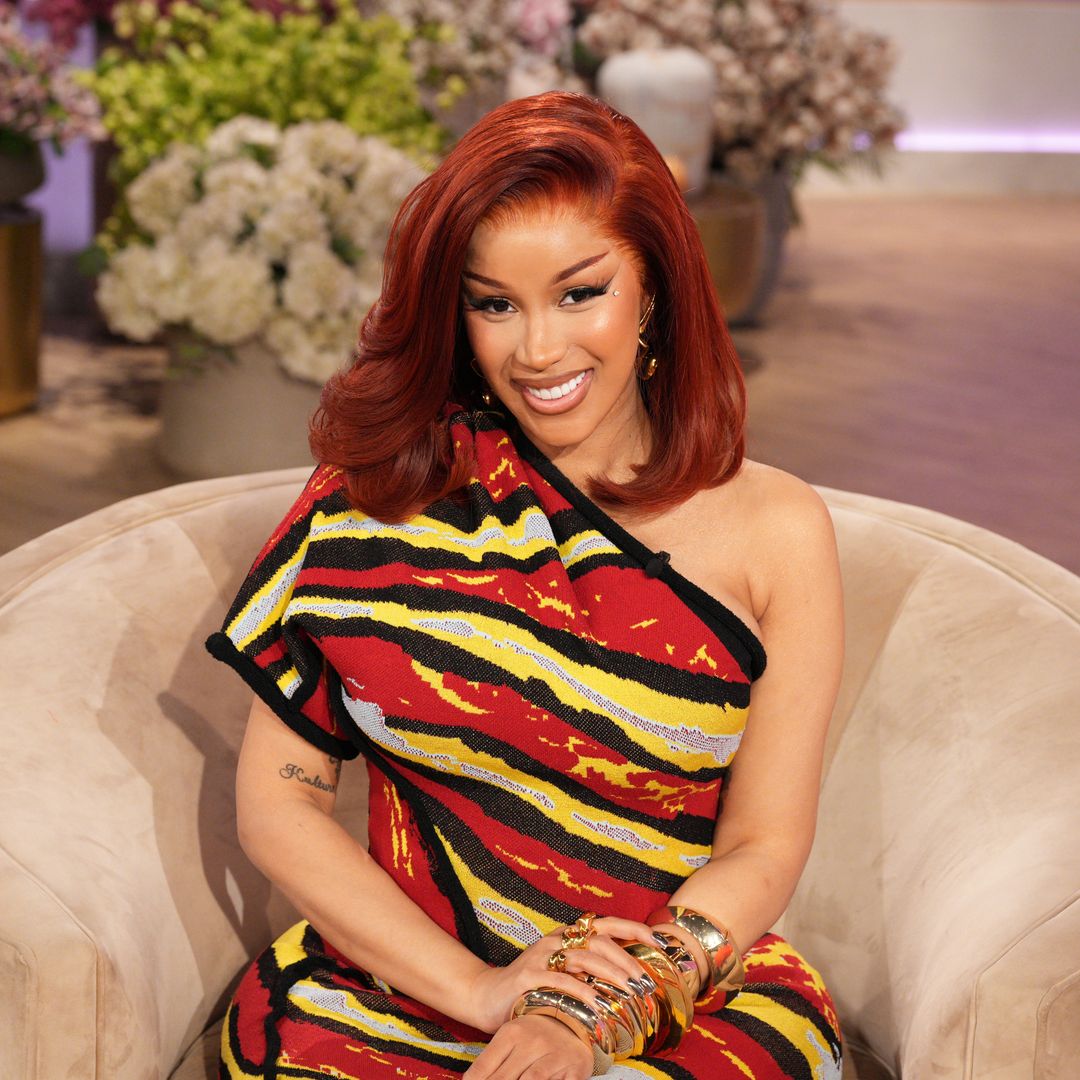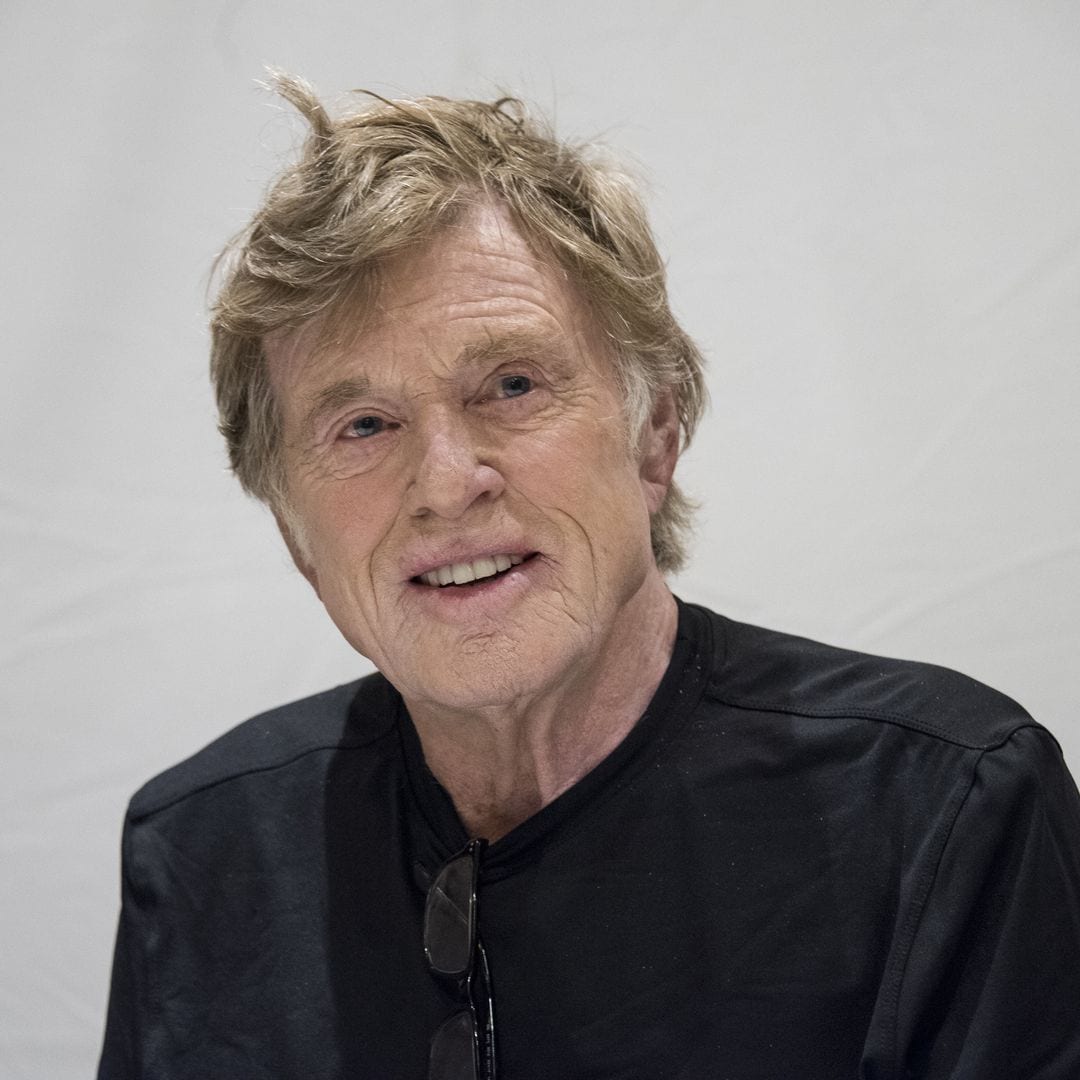After nearly four decades of defining what was in (and what was out), Anna Wintour is stepping down as editor-in-chief of Vogue. Confirmed by People, The Daily Front Row, WWD, and Business of Fashion, Wintour, now 75, announced during a staff meeting on Wednesday morning, June 25.
While she's saying goodbye to her iconic role since 1988, she's far from retiring. Wintour will remain Condé Nast's global chief content officer and editorial director of Vogue, overseeing all the brand's international editions and other Condé Nast powerhouses like GQ, Vanity Fair, and Architectural Digest.
The Legacy That Rewrote Fashion Media
Anna Wintour didn't just edit Vogue. She became Vogue. Taking over from Grace Mirabella in 1988, Wintour's reign began with a bold, rule-breaking cover that instantly set her apart. Instead of a stiff, glamorous headshot, her first issue featured model Michaela Bercu smiling in a $10,000 Christian Lacroix couture jacket paired with $50 jeans. Shot by Peter Lindbergh, the cover was revolutionary.
"It broke all the rules," Wintour said in a 2012 retrospective. "I just looked at that picture and sensed the winds of change."
That instinct—part fashion foresight, part cultural radar—became her superpower. Wintour ushered in the era of the celebrity cover long before influencers and A-listers were the default choices for magazine front pages.
She turned models into icons, designers into household names, and fashion issues into cultural events. Her choices didn't just reflect trends; they made them.
The Myth, the Movie, the Media Moment
Wintour's icy image, impeccable bob, and signature sunglasses created one of the most recognizable looks in media. She also famously inspired Miranda Priestly in "The Devil Wears Prada," a novel-turned-film written by her former assistant, Lauren Weisberger.
Though Weisberger has claimed the character was a blend of many industry stories, the connection stuck. Wintour attended the film's 2006 premiere wearing Prada in a move that only strengthened the legend.
Then, in 2009, she flipped the narrative with "The September Issue," the revealing documentary that followed her and her team as they built Vogue's biggest annual edition. It offered a rare look behind the curtain and showed that behind the mystery was a sharp, driven editor who built an empire on vision and hustle.
Moving Upstairs, But Not Out
Even after stepping down from her Vogue US editor-in-chief post, Wintour still holds the fashion world's megaphone. As Condé Nast's global editorial director, she'll continue shaping the narrative at over 25 Vogue editions worldwide and providing strategic oversight across other Condé titles.
Since 2013, Wintour has taken on bigger roles at the company: first as Condé Nast's artistic director, then as global content advisor, and most recently, its top editorial boss.
What's Next for Vogue — and Fashion Itself?
With Wintour stepping away from her Vogue US post, speculation about who could fill her shoes is already swirling. No successor has been named yet, but the fashion world is holding its breath. Will it be someone from within Condé Nast? A bold choice from a digital-native platform? Or maybe someone with crossover power in fashion and tech?
Regardless of who steps in, it's clear they'll inherit a legacy and a challenge. Wintour not only kept Vogue relevant during the print-to-digital shift but also helped lead it. Her instincts have consistently kept the brand one step ahead, navigating fashion's obsession with reinvention.

